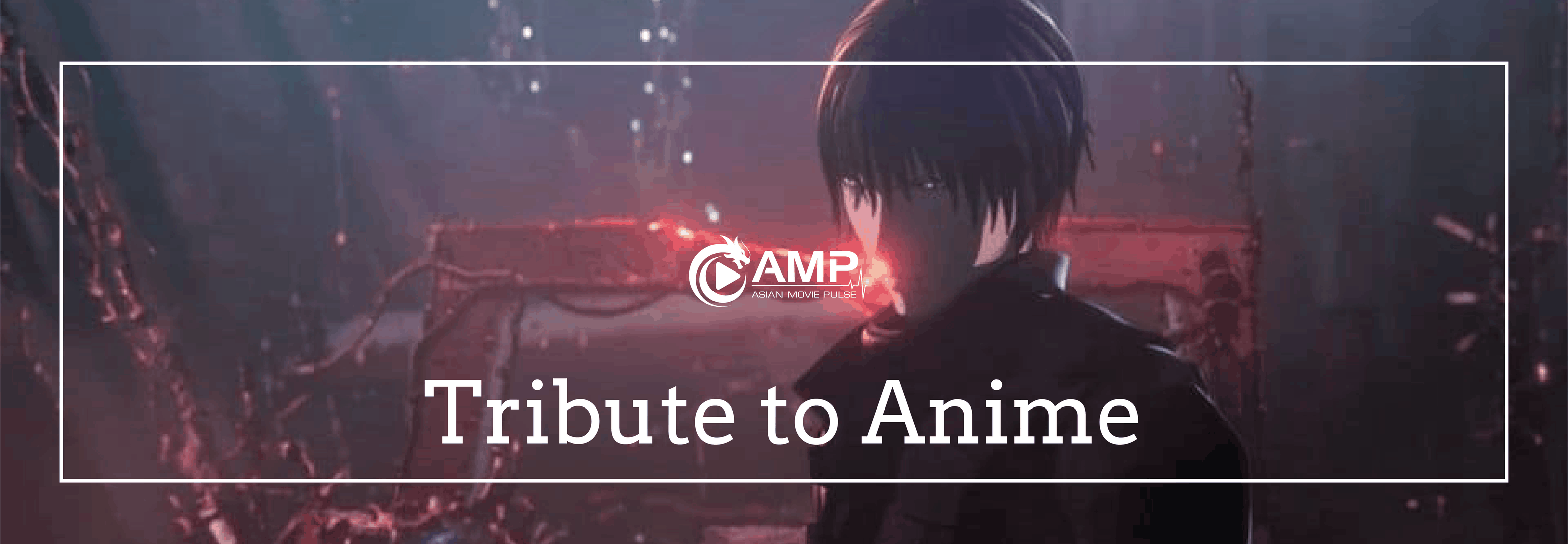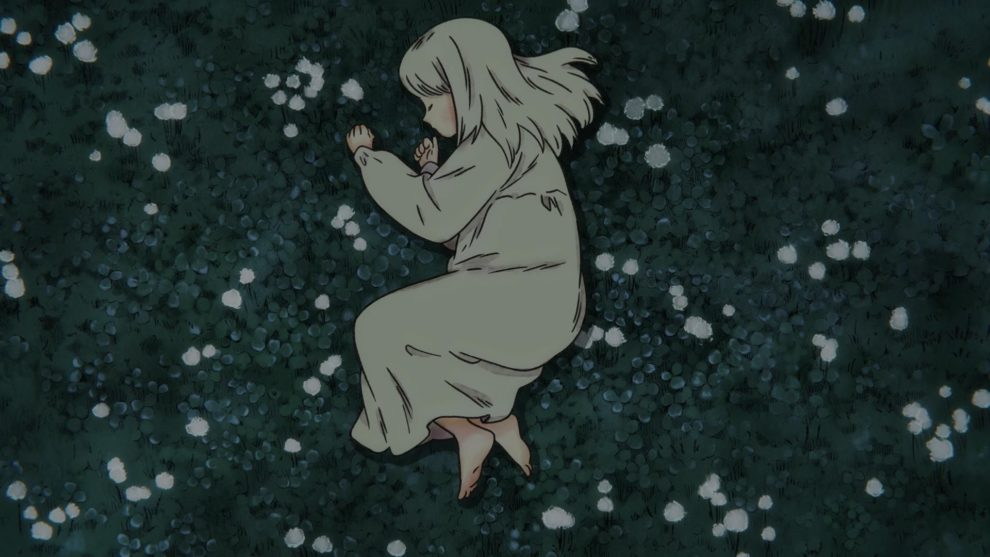Initially a 10-minute short based on the “Totsukuji no Shojo” manga by Nagabe, “The Girl from the other Side” is now presented in feature form of 70 minutes, again by Yutaro Kubo and Satomi Maiya, and animation by WIT Studio.
“The Girl from the Other Side” is screening on Fantasia International Film Festival

The story takes place in a world split in half: the city, where humans live in safety, and the forest, where dangers in the form of demons whose touch transmit their curse are lurking all over. One day, as trouble at the border results in a tragedy, one of these creatures finds a young girl among the bodies, Shiva, the sole survivor of the massacre that took place just before. With great care not to touch her, the beast assumes the role of her guardian, setting up a household for them in an abandoned village. She calls him Teacher and soon warms up to him intently, with the feelings being mutual. Alas, another creature has taken hold of the presence of the girl in the area, while Shiva's past also comes knocking at the door eventually. Teacher tries to protect her from everything.

Yutaro Kubo and Satomi Maiya present a medieval fairy tale which unfolds in the antithetical axes of the unlikely familial love between two rather opposing creatures and the drama/tragedy that is constantly lurking around them, presented through the prism of danger. The multi-leveled story allows for a number of comments to be presented throughout the movie. The most central one regards family ties, and how these can be formed among people who have nothing in common, in the axis of the one who needs protection and the one who protects, with the filmmakers highlighting this aspect in the most eloquent fashion, through the difference in size and appearance of the two protagonists. In the same way, that actual relation does not necessarily lead to some kind of familial ties, is also presented in the most dramatic fashion. Through this concept, a message regarding the cohabitation of different types of people, essentially against racism, is also included here in a metaphoric form.
At the same time, though, the narrative is deeply dramatic, with the fact that Teacher must be in constant alert not to touch the girl, and the presence of the enemy moving in that path, which is actually cemented in the finale, in essentially another comment, which states that even when two people interact in the best intentions, external meddling can very probably still mess even the greatest thing.
The dynamics between the two protagonists is another central element here, particularly in the way both of them enjoy the benefits of their cohabitation, although in rather different fashion: Teacher in giving, Shiva in receiving. That the latter's life is in constant danger also adds another level to their relationship, as much as the overall atmosphere here, with the sense of agony and danger that permeates the narrative adding a sense of excitement, even in the moments when nothing is happening.

Also of note is the unusual, for the Japanese anime industry at least, drawing and animation. Both the characters, the house and the overall setting have a distinct European essence, seeming like they have jumped out of a novel of Hans Christian Andersen. At the same time, the movement is relatively slow, occasionally non-existent, but the filmmakers have taken care of presenting a constant sense of motion which is depicted in the clothes and hairs of the protagonists, in every intriguing approach that works quite well here. The same applies to the coloring, which is much “tamer” than the usual extravaganza met in anime, even in titles by WIT Studio, as in the case of “Vivy-Fluorite Eye's Song” or “The Great Pretender” for example. The whole artform, however, comes together nicely, complementing the story in the best fashion.
“The Girl from the Other SIde” is an excellent anime that manages to move away from the norms while retaining a particularly high level in both context and presentation.















